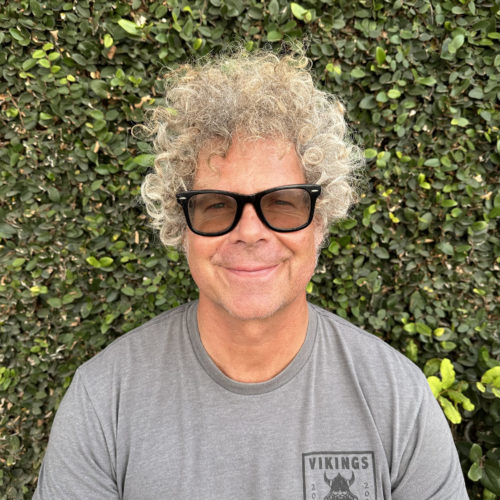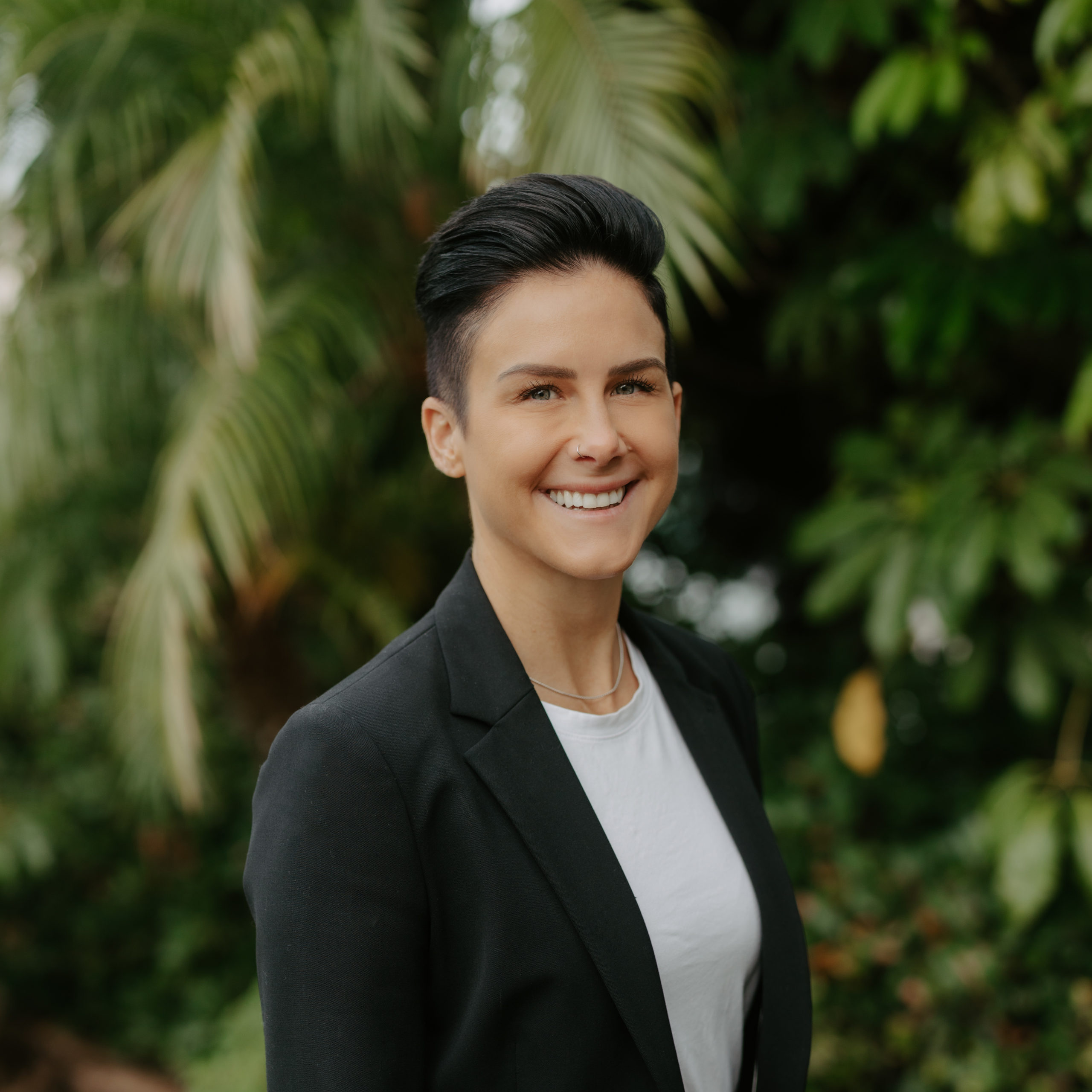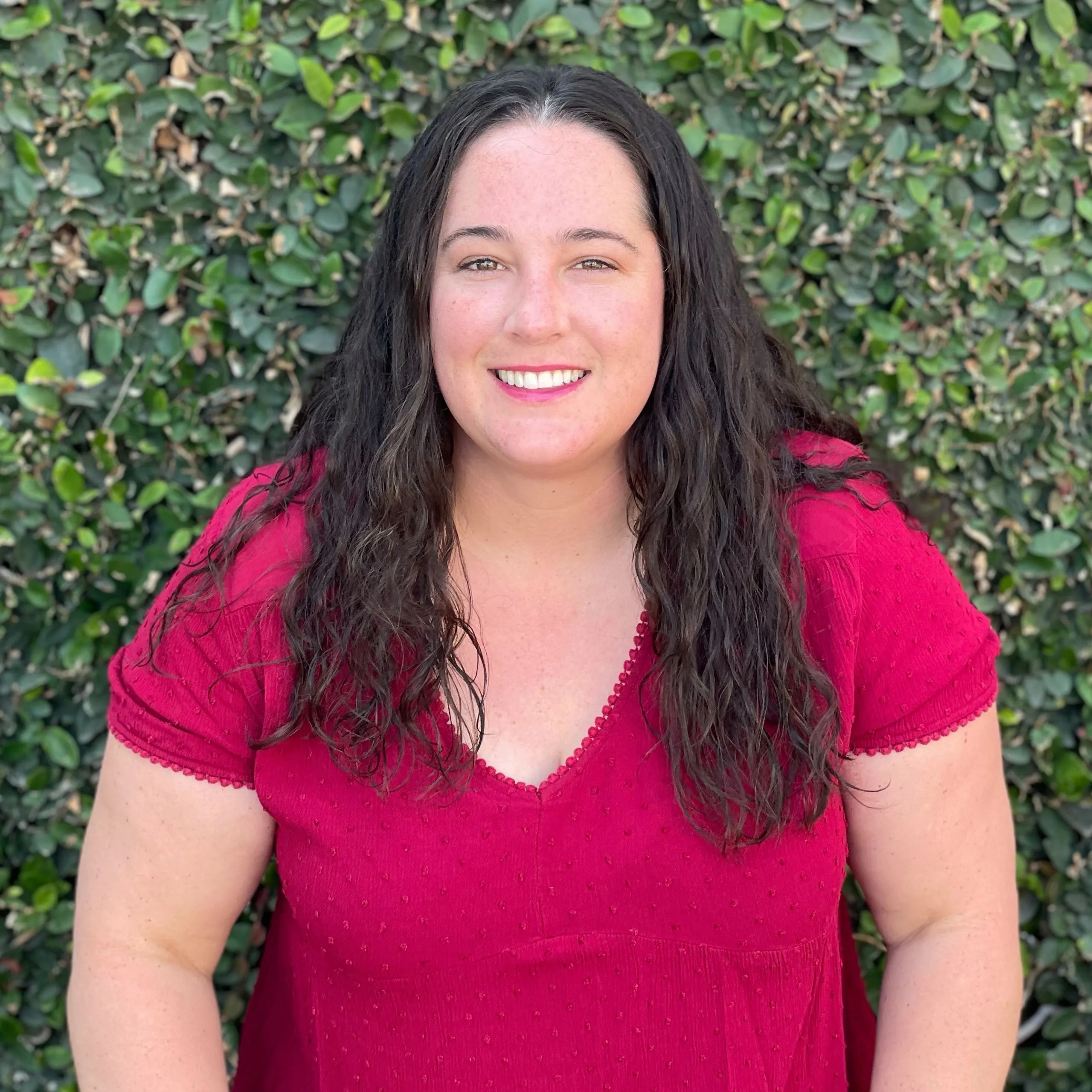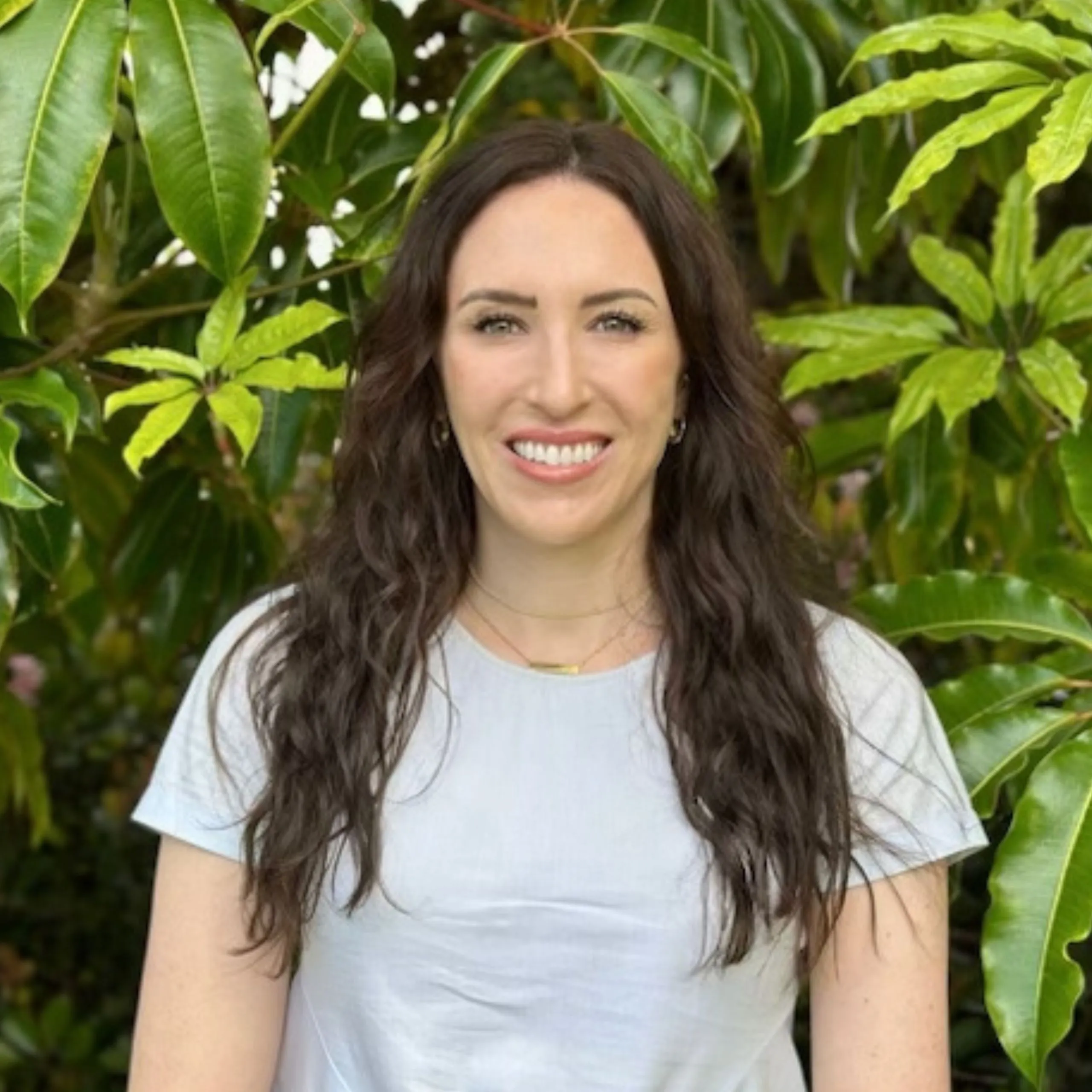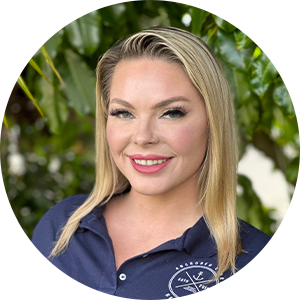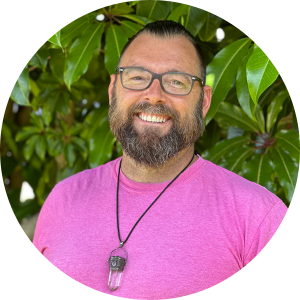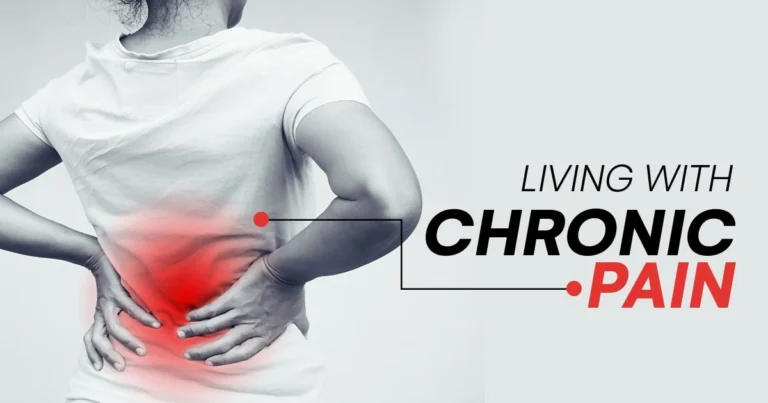
Researchers estimate that around 50 million adults in the United States are living with chronic pain currently. This burden is tremendous on people as individuals, families, and even the economy. For example, pain contributes to $80 billion in lost wages annually. There are vast effects of pain and related medical conditions on quality of life and the ability to do daily activities.
According to the Centers for Disease Control and Prevention and current medical evidence, around 20% of Americans may be living with long-term pain at any given time. This type of long-lasting pain is often associated with other chronic conditions, further affecting someone’s life.
Due to the devastating effects of opioid medications, doctors are always looking for natural treatments for chronic pain in addition to medical treatment. There are some promising alternative pain treatments for chronic pain patients, some of which we talk about below.
What is Chronic Pain?
Chronic pain lasts for 12 weeks or more, whereas acute pain is shorter-term. If you’re in an accident or experience an injury, you’ll typically recover. For someone who doesn’t heal properly, you may have a diagnosis of chronic pain. Long-term severe pain can also stem from other health issues you have.
Chronic pain conditions can include diabetes, arthritis, fibromyalgia, inflammatory bowel disease, and irritable bowel syndrome. Rheumatoid arthritis and cancer may cause long-lasting adverse effects. Ongoing physical pain such as back pain may occur because of years of bad posture or incorrectly carrying heavy items. Being overweight can lead to pain because it leads to excess strain on the knees and back. Wearing heels for years and aging of the spine are all contributors to pain, especially back pain and neck pain.
According to University of North Carolina research, around 84% of adults in the U.S. will experience different types of pain during their lifetime.
- Chronic headaches are another issue, with around 50% of adults likely to report headaches during a year. Chronic headaches occur for at least 15 days per month, for no fewer than three consecutive months.
- Chronic joint pain and arthritis pain can be due to aging, infection, or injury. Osteoarthritis is common in older people and usually involves larger joints. Rheumatoid arthritis is an autoimmune disorder affecting the joint spaces, causing swelling. Degenerative disc disease can lead to ongoing low-back pain similarly.
- Chronic nerve pain, also known as neuropathic pain, affects one out of ten people in America. Your nerves could be damaged or compressed. Diabetic neuropathy, sciatica, and carpal tunnel syndrome are health conditions related to nerve pain.
Unfortunately, long-lasting pain interferes with daily functionality and contributes to addiction, anxiety, and depression for many people. Other complications include fatigue, insomnia and sleep disturbance, and mood changes, which can end up making your pain worse.
Is Chronic Pain a Disability?
Suppose you suffer from a chronic pain syndrome that makes it hard for you to work. In that case, you might be able to apply for Social Security Disability benefits from the Social Security Administration. It’s challenging to prove pain in this capacity, however.
You have to prove to the SSA that your pain’s cause is a mental or physical impairment they recognize on their official listing of impairments. You’ll also need a variety of evidence.
Treatment Options
Traditionally, if you’re a chronic pain sufferer, your health care provider will try to identify the underlying cause to treat that. The source may not be identifiable, so at that point, the focus is on pain management rather than treatment.
Some of the medications used in treatment plans for pain relief include:
- Anticonvulsants for nerve pain
- Antidepressants
- Corticosteroids
- Muscle relaxants
- Over-the-counter medicines like acetaminophen or nonsteroidal anti-inflammatory medications
- Topical pain relievers
- Sedatives to help with complications like insomnia or anxiety
- Medical marijuana
Opioids are also a possible treatment to manage pain levels, but there’s been intense scrutiny and limitations on prescribing these drugs in recent years.
- Opioids change the way pain signals transmit between your brain and body, but they also have a strong potential for addiction and dependence.
- When you take an opioid, even with a prescription, it can create euphoria and trigger your brain’s reward response. These effects on the reward cycle in the brain lead to addiction.
- Physical dependence also occurs, so that if you stop taking an opioid, you might experience withdrawal symptoms.
- The most considerable risk of opioid pain medications even outside of addiction and dependence is overdose.
- Opioids slow the central nervous system down. When you take them, your essential functions, including breathing and heart rate slow down significantly.
- When you take a higher dose than what your body can handle, you may experience respiratory depression that becomes dangerous or deadly.
Due to the side effects of many traditional medication-based treatments for pain and the high risks of opioids, you may be looking for natural treatments for chronic pain management. People in a recovery program may also need to explore living with chronic pain without the use of addictive substances.
DON'T WAIT ANY LONGER...
Natural Treatments
If you’re living with pain symptoms and looking for natural treatments, there are many available options. Some of these are below.
Lifestyle Changes
Living a healthy lifestyle can help you manage your pain without the use of possibly harmful drugs.
- Reducing and managing your stress is important because stress and anxiety likely play a significant role in pain.
- You can experiment with healthy stress reduction strategies until you find something that works for you. For example, deep breathing and meditation are two options.
- You should try to get physical activity every day for at least 30 minutes. Low-intensity exercise like swimming or walking may be good if you have pain.
- Exercise also helps relieve stress and boost your mood.
- Eat foods that will combat inflammation and help your brain stay healthy. Avoid foods that are known to trigger inflammation, like processed carbohydrates.
- Make sleep a priority in your daily life too.
Therapy
It may sound odd, but therapy helps many people who are living with chronic pain. Cognitive-behavioral therapy is one helpful type. When you participate in CBT, you can learn how to recognize harmful thought patterns, and you can think differently about your pain. You can also explore effective coping mechanisms.
Along with talk therapy, occupational and physical therapy helps many people. A physical therapist can help you regain mobility and teach you things you can do on your own at home to help your symptoms. Massage therapy has beneficial effects too.
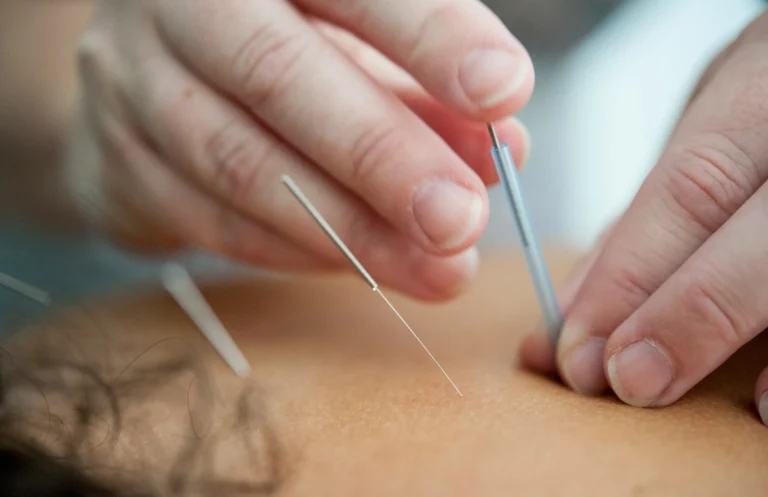
Alternative Therapies
There are a wide variety of alternative treatments and complementary health approaches for persistent pain. You should speak to your health care providers about which of these could be an option for you.
- Acupuncture is excellent for pain. An acupuncturist will use tiny needles on pressure points throughout your body to help alter nerve signals and reduce pain. Acupuncture is also suitable for stress and anxiety.
- Biofeedback is a process to learn how to change how your body works. With biofeedback, you can start to control things like breathing and muscle tension.
- Reiki therapists use touch to shift the energy in your body.
- Many people find relief in pet, art, or music therapy.
- Join a support group of other people who are dealing with something similar to you.
- Limit drugs and alcohol, which can not only worsen pain but can also affect you mentally.
- Various herbal remedies and alternative medicines could help reduce your experience of pain, such as anti-inflammatory herbs.
If you’re living with a pain condition that contributed to a substance use disorder, please reach out to Anchored Tides Recovery by calling (866) 583-1632. You aren’t alone, and we can work with you on a treatment plan that takes into account not only your addiction but also your underlying pain.










